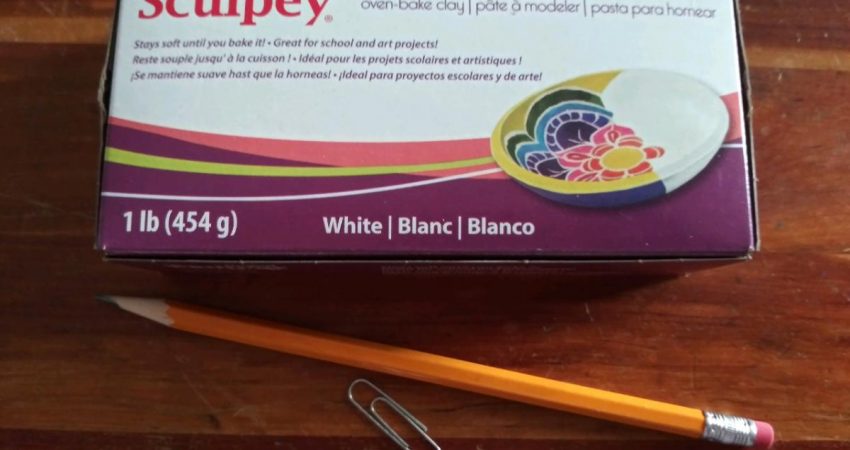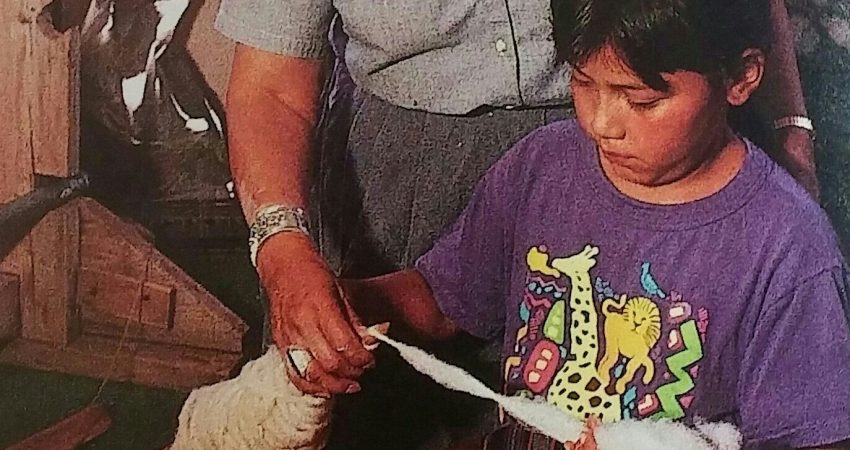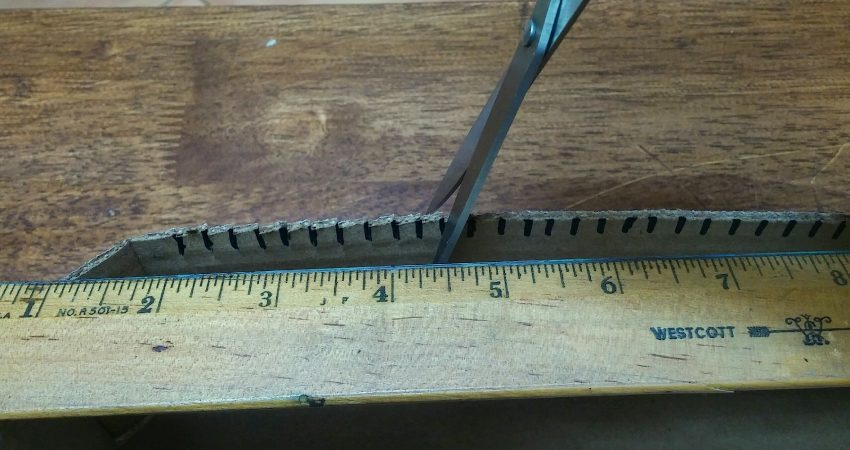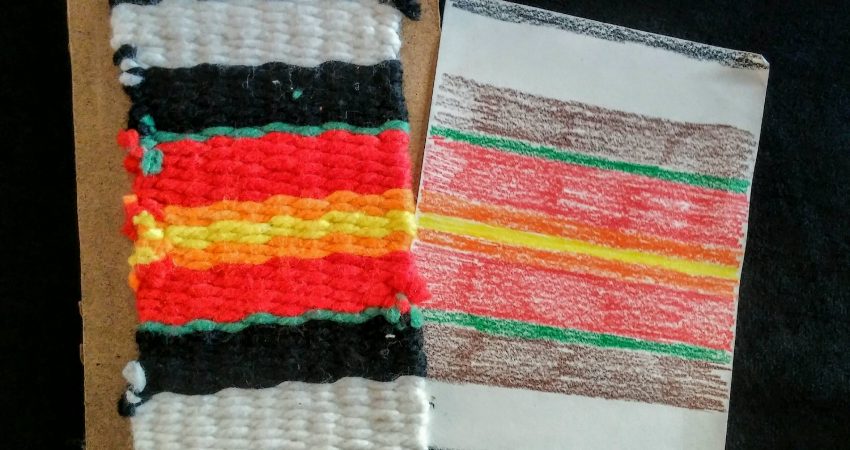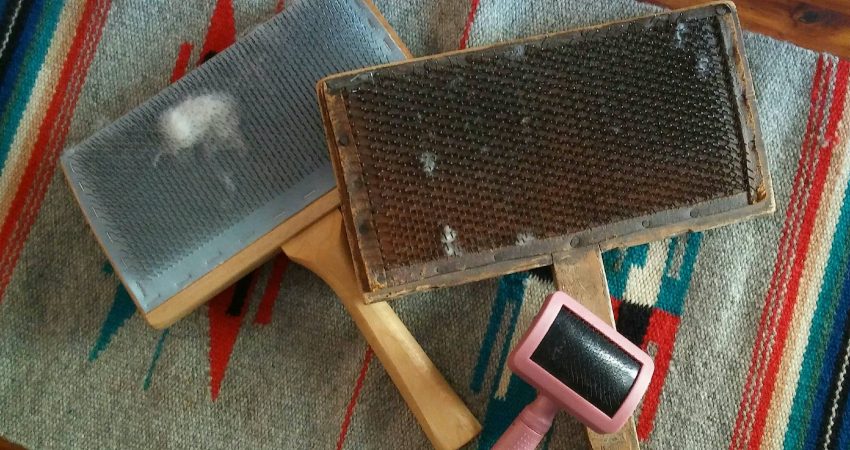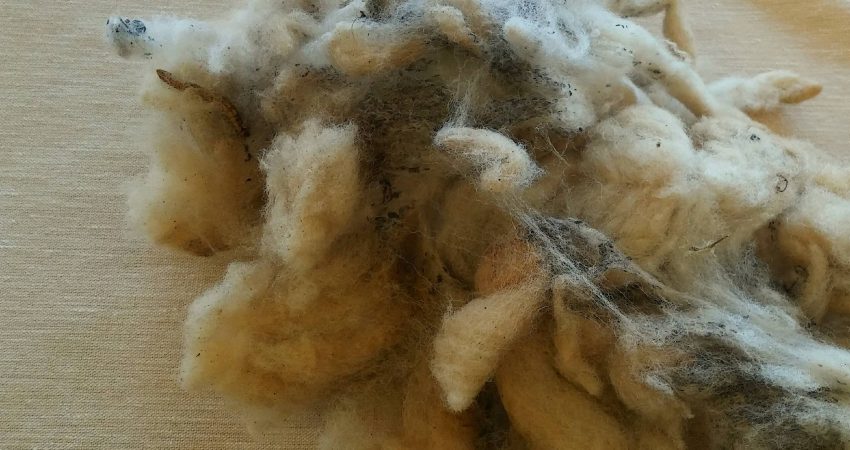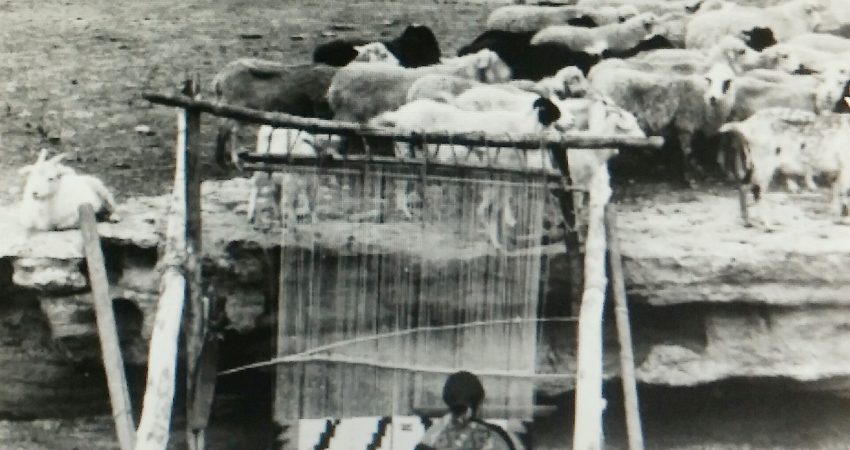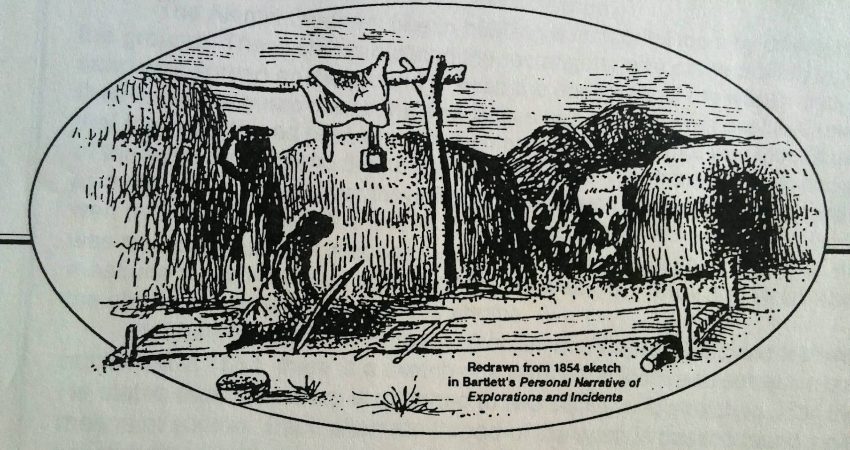The final objective of spinning is to drawing out the fibers and adding twist until you have a stable yarn. This will take a little practice to achieve the perfect working rhythm and balance. First let’s practice drawing out the fibers. Take a handful of the wool […]
A Drop Spindle is the simplest tool to spin your fibers into a twisted yarn. Most people are familiar with a spinning wheel designed for this purpose, but a spinning wheel is a huge piece of furniture and quite expensive. We can make a spindle with a few cheap supplies. And […]
Spinning is an ancient textile art where fibers are drawn out and twisted into a yarn. The “spindle” was the first tool and the simplest method of spinning. After the invention of the spinning wheel and its increased use during the Industrial Revolution, mass production of yarn grew dramatically. However, handspinning […]
The “Loom” is the tool that holds your weaving together while you are working on it. It’s basically a frame. In this exercise you will make a “pop flat” cardboard loom. Since this is just the tool and not the art work, and it’s disposable when you’re finished, it doesn’t have […]
A weaving “draft” is a guide to the colors and patterns the weaver is planning, a graphic representation of what you will see in the finished product. So to keep things simple for this first exercise, imagine your finished weaving measuring 9″x51/2″. Cut a piece of paper this size. For your first […]
The process of preparing the fiber is not difficult, and the tools needed are few. For cotton, the first step is picking the cotton bolls from the field. “Ginning the cotton” is to remove the seeds, and you can do this by hand. It’s tedious, but just put on a good […]
“I am woven pieces of all the places I’ve been, and all the people I’ve loved.” We could easily go to any big superstore and pick from the walls of brightly colors synthetic, […]
“Every thread tells a story” In the Navajo creation stories Spider Woman taught the Navajo women to weave. The spider is a remarkable figure of feminine energy and creativity. The Holy Ones advised Spider Woman that she had the capabilities of weaving a map of the universe and all the spirit beings into […]
“Each and every piece of cloth or weaving embodies the spirit and history of the weaver.” Weaving is one of the oldest surviving crafts in the world. It is a method of textile or basket production in which two distinct sets of fibers (yarns, threads, or plant materials) are interlaced at […]
This weekend I got inspired to experiment with applying some basic watercolor techniques to painting on silk. I used some commercial paints, but also included some of my own natural plant dyes from flowers in my garden. Without any specific plan for the design, I found the end results delightfully abstract. When learning […]


